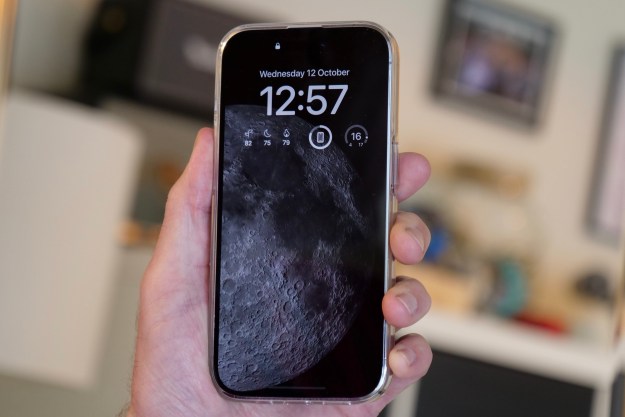 In the never-ending battle for world device domination, Apple has scored a major victory. IDC, a tech consultancy, released figures showing that in the second quarter of 2011 Apple shipped 20.34 million smartphones. The entire market shipped 105.6 million smartphones giving Apple a market share of about 19.1 percent, beating out other heavyweights like Samsung, Nokia, RIM and HTC.
In the never-ending battle for world device domination, Apple has scored a major victory. IDC, a tech consultancy, released figures showing that in the second quarter of 2011 Apple shipped 20.34 million smartphones. The entire market shipped 105.6 million smartphones giving Apple a market share of about 19.1 percent, beating out other heavyweights like Samsung, Nokia, RIM and HTC.
“Apple’s success can be directly attributed to its distribution (more than 200 carriers in more than 200 countries), increased manufacturing capacity, and solid demand within emerging and developed markets from both consumers and business users,” IDC’s report stated. “Apple has made market-setting strides in hardware, software, and channel development to grab mindshare and market share.”
To translate from consultancy speak: Apple has been schooling the rest of the market recently. And with the iPhone 5 expected out sometime this fall, and Blackberry continuing to give up market share, those classes on smartphone distribution may move to a graduate level.
That said, it’s worth noting that Apple still trails Android in terms of overall operating system penetration. Apple ships more devices, but Google’s OS is still featured in far more devices worldwide. Both HTC and Samsung run Android on their flagship phones. The two giants, Google and Apple, have approached the smartphone market quite differently in terms of distribution strategies, Google relying on a handful of manufacturer partners, Apple keeping everything in house.
In clichéd style: Apple has won this battle, but certainly not the war.
Editors' Recommendations
- iPhone 16: news, rumored price, release date, and more
- iPhone SE 4: news, rumored price, release date, and more
- One of the best budget phones just got even better
- The 6 biggest announcements we expect from Google I/O 2024
- There’s a big problem with the iPhone’s Photos app


